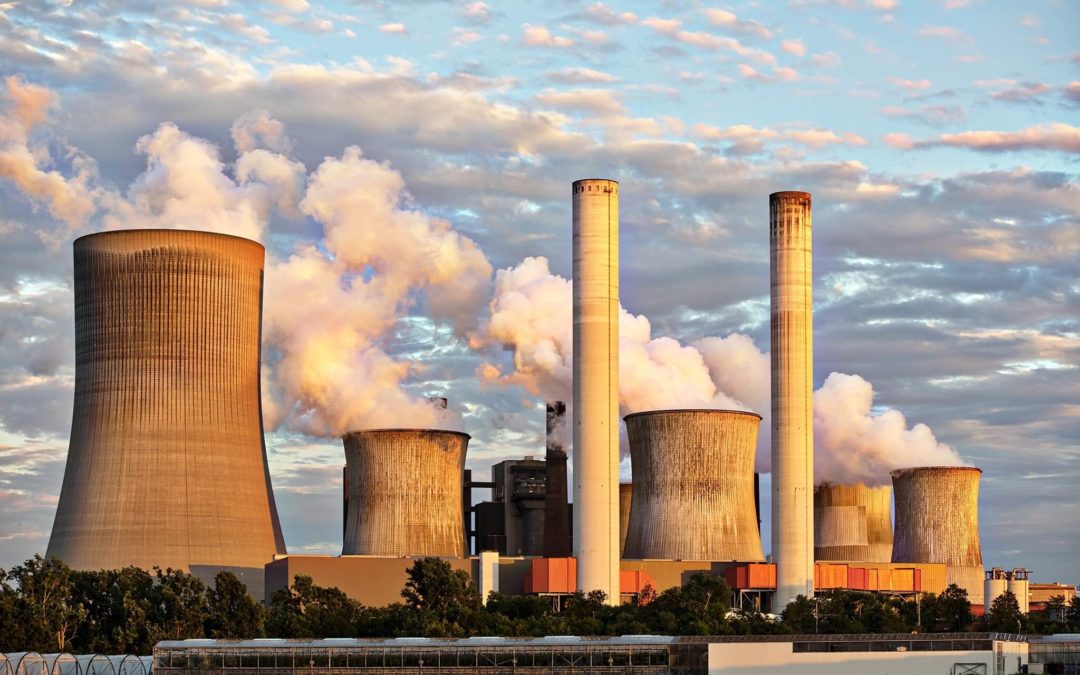As the world leaves behind the worst of the pandemic, health risks are rising in another key health category: atmospheric pollution. In fact, air quality meets World Health Organization standards in only 13 countries, according to a new report.
The clean air baker’s dozen are Australia, Estonia, Finland, Grenada, Iceland and New Zealand, along with and seven territories in the Pacific and Caribbean, including Guam and Puerto Rico.
The 2022 healthy air quality survey, conducted by IQAir, found that air pollution in approximately 90 percent of countries had risen above WHO standards.
The worst air in the world is in Chad, followed by Iraq, Pakistan, Bahrain, Bangladesh, Burkina Faso, Kuwait, India, Egypt and Tajikistan.
Although the bottom tier illustrates that high air pollution is not always linked to robust economic activity, one of the side effects of the COVID lockdowns was a sharp downturn in global emissions. With factories closed and fewer vehicles on the road, the world took a breather. Restrictions on movement ranged from admonitions to stay within a social bubble to lockdowns that involved real locks, with people finding themselves imprisoned in their dwellings.
In the end, the one stakeholder who clearly benefited from the restrictions was Mother Nature
But the factories are churning again, and high concentrations of particulates in population centers have soared past previous records. One of many examples happened in March, when pollution literally turned large areas of northern China orange.
According to one report: “Air pollution escalated in Beijing on Wednesday as the city was hit by a huge sandstorm, as dust also engulfed other parts of the country in an orange haze. In the north and northwest areas of China, high winds and dust turned the sky a glaring tangerine, reducing visibility to less than a few hundred meters in some areas.”
Given similar stories appearing regularly in the news, the fact that China’s air quality is only the 25th worst on the list points out the severity of the global problem. Other top polluters include: United Arab Emirates, Sudan, Rwanda, Qatar, Saudi Arabia, Nepal, Uganda, Nigeria, Bosnia Herzegovina, Uzbekistan, Iran, Armenia, Ethiopia and Kyrgyzstan.
The cities where breathing the air is most hazardous to your health are, in order of particulate concentrations: N’Djamena in Chad, New Delhi, Baghdad, Manama in Bahrain, Dhaka in Bangladesh, Ouagadougou in Burkina Faso, Kuwait City, Abu Dhabi in the United Arab Emirates, Dushanbe in Tajikistan and Cairo.
The report noted: “Worldwide, poor air quality accounts for 93 billion days lived with illness and over six million deaths each year. The total economic cost equates to over $8 trillion dollars, surpassing 6.1 percent of the global annual GDP.”
On IQAir’s list, Canada had the 21st cleanest air, and the United States was listed as number 33. Of course, within each country dramatic differences exist. Comparing a trek across the Yukon and a commute across Los Angeles would yield a wide divergence in the data.

